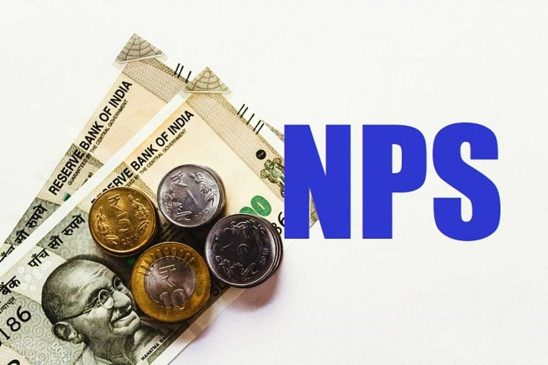The corpus will continue to grow because of higher market-linked returns
Subscribers of National Pension System (NPS) will soon get the option to opt for systematic lump sum withdrawal (SLW) on a periodical basis — monthly, quarterly, half-yearly or annually till the age of 75 years. The facility will be available for both Tier I and Tier II accounts and will be available only for normal exit and not for premature exit or exit due to the death of the subscriber.
Read More: Mahila Samman Savings Scheme: Open Account In ICICI Bank, Axis Bank, HDFC Bank, IDBI Bank & PSUs
Experts say the staggered withdrawal process will help subscribers to earn higher returns as corpus will continue to remain market-linked for another 15 years. Moreover, the smart withdrawal facility will make NPS more popular as annuity returns are low. The SWL will be applicable only for the lump sum portion and subscribers can either opt for annuity immediately or defer annuity till 75 years.
At present, subscribers on superannuation or reaching the age of 60 can defer availing of annuity and withdrawing the lump sum till the age 75 years. On retirement, subscribers have to withdraw 60% of the corpus and the remaining amount will have to be invested in annuities. Life insurers offer five types of annuity plans such as annuity for life for the subscriber, annuity for life of the subscriber and then to the spouse after the subscriber’s death, annuity for life and purchase price returned after the death of the subscriber, etc.
Read More: June 30 is the last date to complete a number of important tasks: Here’s your checklist
How to opt for SLW
For subscribers, SWL will be provided in the subscriber login with eSign or dual factor OTP authentication as a separate functionality. The facility to modify, cancel & redeem SLW will be provided in the login only. In case of modifications, subscribers will be able to modify the mandate.
Subscribers will have to select the frequency, amount and the start date. The end date will be derived based on the total corpus, amount and the frequency of the withdrawal.
After attaining 75 years, units available will be redeemed and the balance will be transferred to the subscriber’s bank account. The SWL will start at least after 30 days of creation of a mandate in the system. If on the scheduled SLW, sufficient balance is not available in the lump sum category then withdrawal will be executed only for the available amount and lump sum category will become zero, all remaining SLW requests will be auto-cancelled.
During the SLW, subscribers can opt for scheme preference or change of pension fund manager. However, it will be applicable only for the lump sum portion. The annuity portion, if not already withdrawn will remain as per existing scheme choice and no changes will be applicable in the corpus.
If a subscriber wants to change a bank account in which funds are getting credited, then he will have to update the bank details through existing bank account updation option in the subscriber login where penny drop bank details verification will be applicable. The central record agencies will send regular alerts to the subscriber on set up, modification, cancellation of SLW through email and SMS.
Read More: Govt Raises Interest Rates On Small Savings Schemes By Up To 30 bps for July-Sept 2023; Latest Rates
Benefits of NPS
One of the major benefits of NPS for private sector employees is that there is no upper cap on the amount of investment. Regular investments and step-up contributions periodically will result in a larger annuity corpus, which can be used for generating a higher pension.
Individual subscribers get a tax deduction of up to Rs 1.5 lakh under Section 80C of Income Tax Act and an additional deduction of Rs 50,000 under section 80CCD 1(B). The 60% of the corpus withdrawn is exempt from tax. However, the regular annuity income received will be taxed at the marginal rate of the taxpayer. In case the accumulated corpus is below Rs 5 lakh at the time of maturity, then the subscriber can withdraw the entire corpus. In such a case, the IT- exemption will not extend beyond 60% of the corpus and the remaining 40% of the corpus would be taxable upon withdrawal.





































